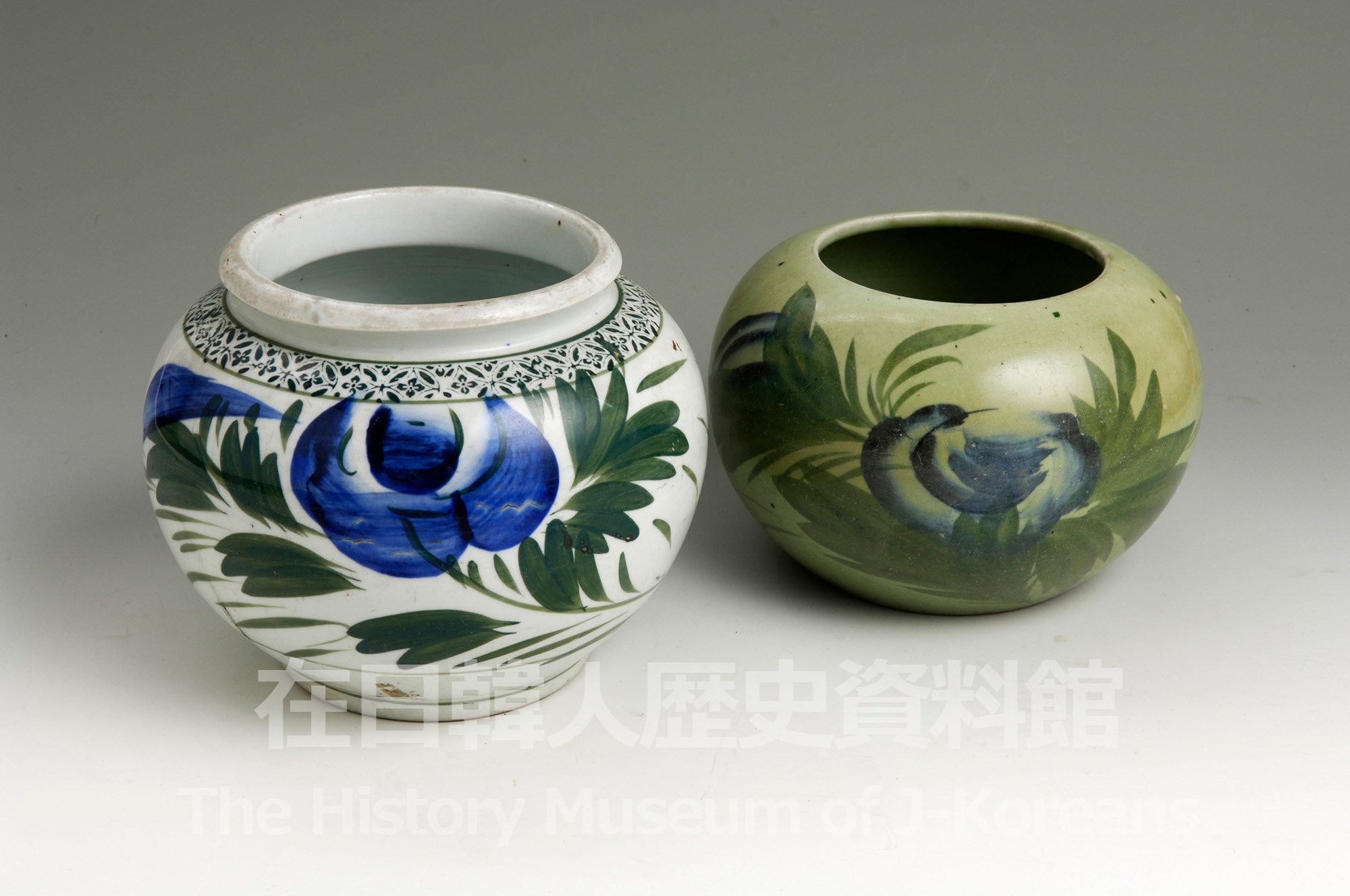Yogan: A Living Necessity
The word yogan (or yogang) means “chamber pot.” Because toilets used to be located outside the house in Korea, yogan could be found in almost all people’s rooms . Many first-generation Zainichi Koreans continued to use the yogan in Japan as well.
The use of yogan in Japan was also related to the housing situation during the colonial period. At the time, many Koreans built barrack-like huts in riverbeds, landfill sites, and other "bad housing areas," eventually forming settlements. Other areas included places with no clear ownership of the land, wetlands, and former construction sites. It was not uncommon for individuals to construct their own rudimentary houses. The settlement areas of the Korean people were not equipped with sewage or running water and the number of public toilets were few in number, leading to unsanitary conditions. In circumstances like these the yogan was a must-have necessity.
